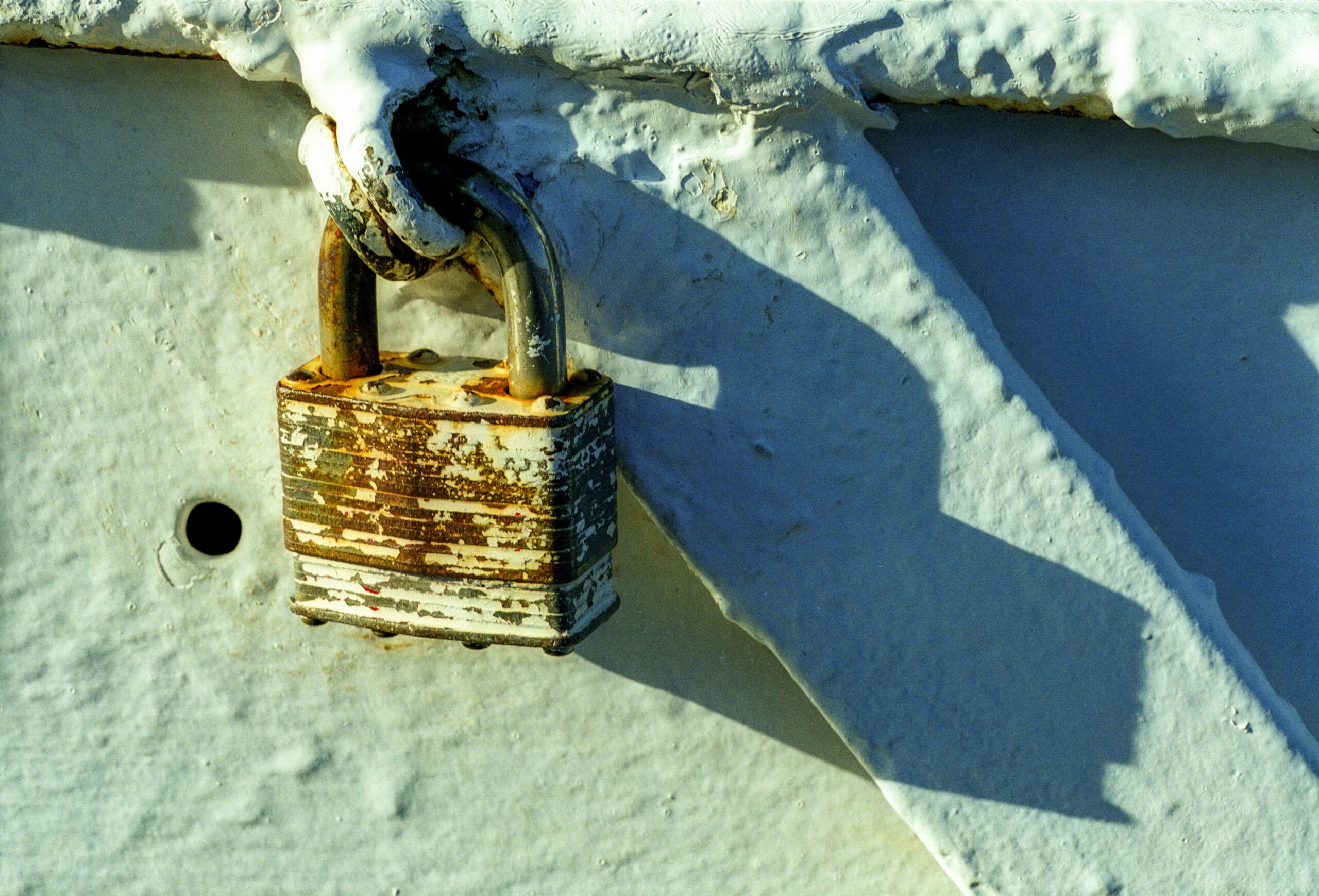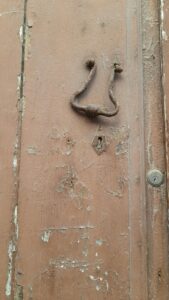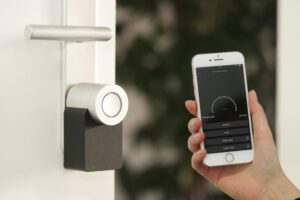As winter tightens its icy grip and frost clings to every surface, the security of your home becomes more crucial than ever. In cold climates, the timing of replacing your locks is not just a matter of convenience-it can be the difference between smooth transitions and unexpected hassles. From frozen mechanisms to chilly hands fumbling with keys, the cold season presents unique challenges that demand careful consideration. Understanding when to replace your locks amid dropping temperatures can save you both stress and money, ensuring your sanctuary remains secure through the coldest months. In this article, we explore the best time to upgrade your locks in cold climates, blending practical advice with a touch of seasonal wisdom.
Table of Contents
- Understanding How Cold Weather Affects Lock Mechanisms
- Signs Your Locks Are Vulnerable to Freezing and Damage
- Optimal Seasonal Windows for Safe and Efficient Lock Replacement
- Choosing Weather-Resistant Lock Types for Harsh Climates
- Professional Tips for Maintaining Locks During Winter Months
- Q&A
- Key Takeaways
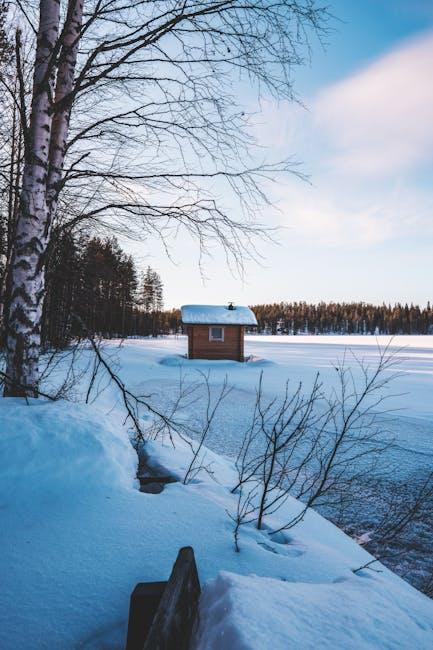
Understanding How Cold Weather Affects Lock Mechanisms
When temperatures plummet, the metal components inside locks contract, causing them to stiffen and function less smoothly. This contraction can lead to key jams, difficulty in turning the lock, or even complete freeze-ups. Moisture that seeps into lock mechanisms can freeze overnight, forming tiny ice crystals that block internal parts. This creates a significant challenge for everyday use, as your lock may refuse to turn regardless of your efforts. Addressing these issues proactively can save you from the frustration of being locked out during the coldest days.
Comparing how various lock types react under subzero conditions reveals clear distinctions. Consider the following quick reference:
| Lock Type | Response to Cold | Recommended Action |
|---|---|---|
| Pin Tumbler | Prone to freezing due to moisture build-up | Regular lubrication & winter-grade oil |
| Electronic Locks | Battery performance drops sharply | Keep spare batteries warm and ready |
| Deadbolts | Metal contraction may impede bolt movement | Inspect and replace seals annually |
Pro tip: Opting for locks specifically designed for cold climates often means they come with enhanced weather-resistant seals and materials less likely to stiffen or freeze. Taking these preventive measures ensures smooth operation and peace of mind all winter long.

Signs Your Locks Are Vulnerable to Freezing and Damage
When winter’s chill sets in, your locks become silent battlegrounds between metal and frost, often exhibiting subtle yet telling symptoms of stress. Perhaps you’ve noticed difficulty turning your key during icy mornings or an unusual resistance when unlocking the door. These signs point to internal moisture freezing, causing the mechanism to seize up. Additionally, visible rust spots or corrosion near the keyhole or on the lock’s surface indicate that cold weather is taking its toll, gradually weakening the lock’s integrity.
Pay close attention to these warning signs that often go unnoticed until a lock failure happens:
- Stiff or sticky key movement despite lubrication.
- Lock cylinder feels loose or wobbly when turned.
- Noticeable cracks or chips around the lock housing.
- Freezing condensation visible inside or around the lock.
- Keys getting stuck halfway or jamming frequently.
| Symptom | Potential Cause | Level of Risk |
|---|---|---|
| Key won’t turn | Frozen internal parts | High |
| Rust spots | Water intrusion | Medium |
| Loose lock cylinder | Worn components | High |
| Cracked housing | Freezing expansion | Medium |
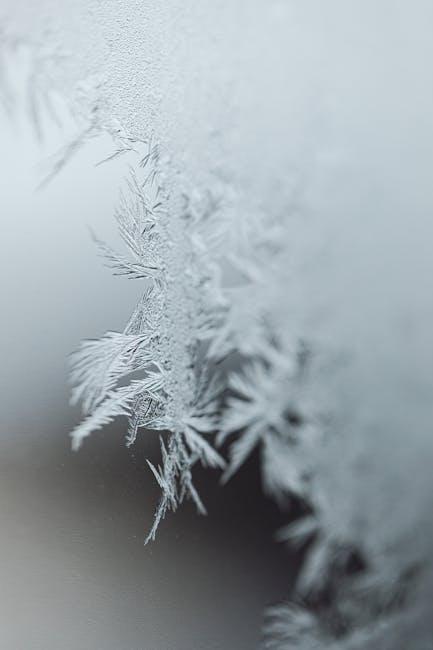
Optimal Seasonal Windows for Safe and Efficient Lock Replacement
Choosing the right time to replace your locks in cold climates can save you from unnecessary hassle and enhance home security. Ideally, the transition months of early spring and late fall offer the best conditions. During these periods, temperatures are mild enough to prevent metal components from contracting or becoming brittle, which often occurs in the harshest winter months. Additionally, these windows reduce the risk of moisture buildup inside the locking mechanisms, ensuring smoother operation and longer lifespan.
Lock replacements done in extreme cold tend to be more challenging-not only can the freeze affect your tools and hardware, but installation surfaces may also be less cooperative. To assist with planning, below is a quick reference table outlining :
| Season | Temperature Range | Pros | Cons |
|---|---|---|---|
| Early Spring | 32°F – 55°F (0°C – 13°C) |
|
Possible residual frost |
| Late Fall | 32°F – 50°F (0°C – 10°C) |
|
Shorter daylight |
| Winter | < 32°F (0°C) |
|
|

Choosing Weather-Resistant Lock Types for Harsh Climates
When selecting locks designed to endure harsh weather conditions, prioritize materials and mechanisms that can withstand extreme cold, moisture, and ice buildup. Stainless steel and brass locks offer excellent resistance to corrosion and temperature fluctuations, ensuring smooth operation even when exposed to snow and freezing rain. Additionally, opt for weatherproof finishes and rubber seals that prevent water ingress, which can freeze inside lock cylinders and cause jamming. For outdoor use, consider locks specifically labeled as weather-resistant to guarantee durability through winter storms.
In terms of lock types, deadbolts with integrated weather shields and smart locks equipped with antifreeze technology are rising in popularity. These models often feature lubricated internal components and weatherproof housings, minimizing maintenance and reducing the chances of lock failure during subzero temperatures. Here’s a quick comparison of popular weather-resistant lock types to help guide your decision:
| Lock Type | Weather Resistance | Maintenance Needs | Recommended For |
|---|---|---|---|
| Brass Deadbolt | High – Rust and freeze resistant | Low – Occasional lubrication | Porches, Exterior Doors |
| Stainless Steel Padlock | Very High – Weatherproof design | Minimal – Rust prevention coatings | Gates, Sheds |
| Smart Lock with Antifreeze | Moderate – Weather sealed electronics | Medium – Battery checks | Main Entrances |
- Tip: Regularly inspect seals and lubricate moving parts to extend lock lifespan.
- Safety Note: Weather-resistant locks reduce the risk of freezing-related lockouts during winter.
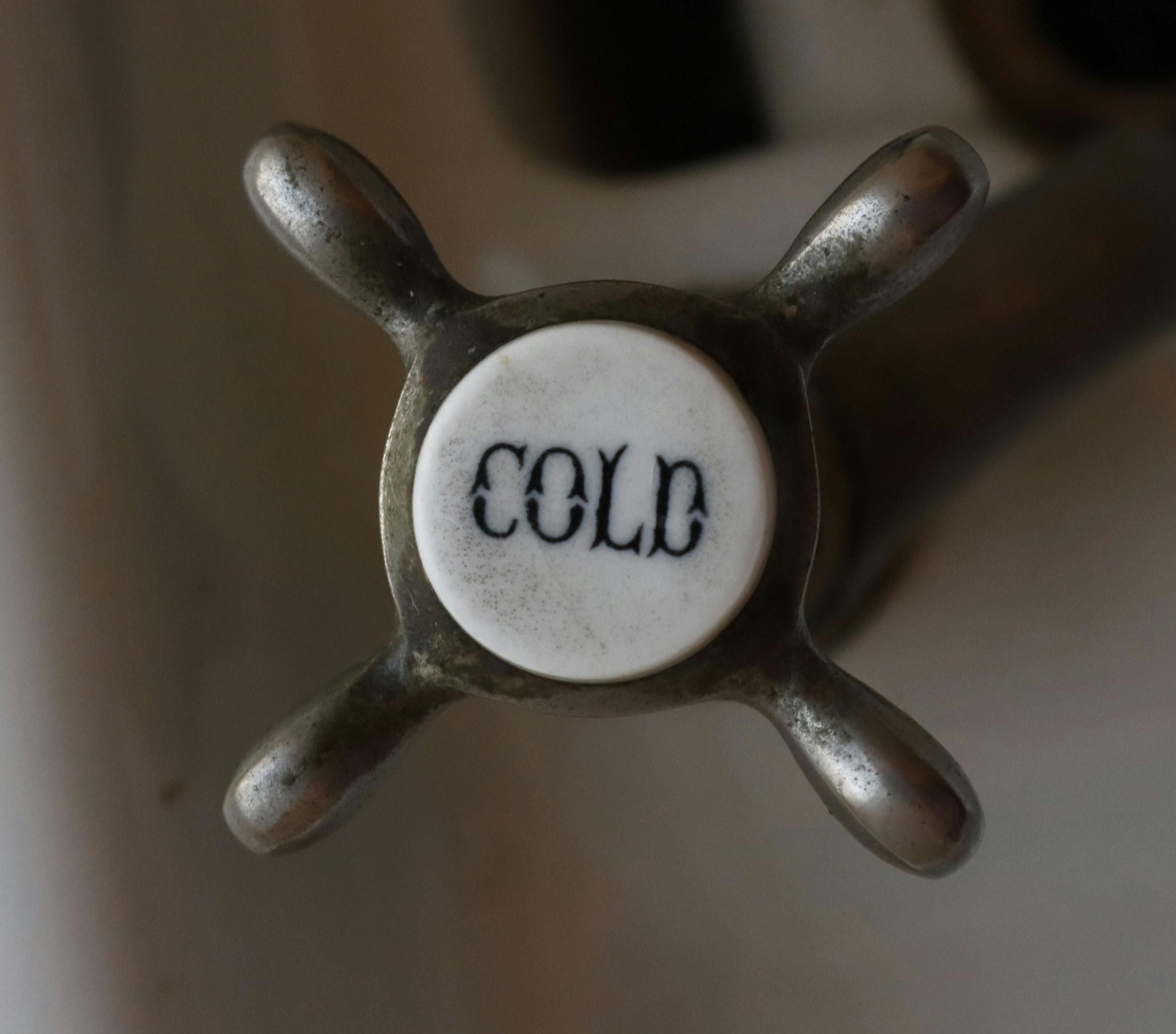
Professional Tips for Maintaining Locks During Winter Months
Winter’s chill can be unforgiving to your locks, often causing them to freeze or become brittle. To combat this, it’s essential to incorporate some tried-and-true habits into your maintenance routine. One effective method is to regularly lubricate your locks with graphite powder or silicone-based sprays, which repel moisture and prevent freezing. Avoid using oil-based lubricants, as these can attract dirt and grime, eventually gumming up the mechanism. Additionally, keep a small tube of lubricant handy during the winter months, so you can apply it at the first sign of stiffness or sluggish movement.
Another key aspect is vigilance in protecting lock components from ice buildup. Try installing weather-resistant covers or shields on exterior locks to minimize exposure to snow and sleet. If ice does form, never use excessive force to turn the key, as this could cause breakage. Instead, gently warm the lock using a hairdryer or apply a de-icer spray designed specifically for locks. Below is a quick-reference guide summarizing maintenance tips:
| Tip | Why It Matters | Recommended Product |
|---|---|---|
| Use Graphite Powder | Prevents freezing and grinding | Sparingly applied lubricant |
| Weather-Resistant Covers | Blocks snow and moisture | Rubber or plastic lock covers |
| Apply De-Icer Spray | Melts ice without damage | Lock-specific de-icers |
| Regular Inspection | Detects early wear & tear | Monthly visual checks |
Q&A
Q&A: The Best Time to Replace Your Locks in Cold Climates
Q: Why does the season matter when replacing locks in cold climates?
A: In frigid temperatures, metal contracts and lubricants can thicken or freeze, making locks harder to operate. Replacing locks during milder weather ensures smoother installation and prevents damage caused by extreme cold.
Q: What is considered a “cold climate” for lock replacement purposes?
A: Generally, regions where temperatures regularly dip below freezing-32°F (0°C)-during fall, winter, and early spring fall into cold climate zones. These conditions influence material performance and installation ease.
Q: When is the best time to replace locks to avoid cold-related issues?
A: Late spring through early fall is ideal. During these months, temperatures are moderate, reducing risks of freezing and allowing lubricants to perform optimally, ensuring a hassle-free replacement process.
Q: Can you replace locks during the winter if needed?
A: While possible, winter replacements come with challenges. Locks may jam, and frost can complicate handling. If urgent, warming the lock mechanism before and after installation and using cold-weather-compatible lubricants can help.
Q: How does cold weather affect new lock performance?
A: Cold weather can cause metal components to shrink slightly, increasing friction in locks. Additionally, standard lubricants may become sluggish, leading to stiffness or jamming. Using locks designed for cold climates or applying appropriate lubricants can mitigate these effects.
Q: Are there lock types better suited for cold climates?
A: Yes, locks made with durable alloys and weather-resistant finishes tend to perform better. Electronic or smart locks designed with cold weather functionality, including built-in heating elements or weatherproof casings, offer enhanced reliability.
Q: What maintenance tips can help prolong lock life in cold climates?
A: Regularly clean and lubricate locks with cold-weather-friendly products, check for signs of rust or wear, and protect locks with covers or weatherstripping. Timely maintenance helps prevent freeze-related damage.
Q: Should homeowners wait for a specific time of day to replace locks?
A: Midday installations are preferable when outdoor temperatures peak, reducing frost and metal contraction issues. Early morning or late evening replacements in cold weather can be trickier due to lower temperatures and potential moisture buildup.
Q: How can professional locksmiths assist with cold climate lock replacements?
A: Experienced locksmiths understand weather impacts and recommend suitable lock types, proper installation techniques, and maintenance schedules tailored to cold environments, ensuring security and longevity.
Q: Bottom line: What’s the key takeaway about replacing locks in cold climates?
A: Timing is crucial. Plan lock replacements during the warmer months to avoid cold-related complications, choose weather-resistant hardware, and perform regular maintenance to keep your locks functioning smoothly through the winter chill.
Key Takeaways
As winter’s chill settles in and the days grow shorter, the security of your home becomes more than just a matter of convenience-it’s a shield against the elements and unforeseen challenges. Knowing when to replace your locks in cold climates isn’t just about timing; it’s about peace of mind, safety, and preparedness. By staying ahead of wear and tear caused by freezing temperatures, you ensure that your front door remains a steadfast barrier, no matter what the weather brings. So, when the frost starts to creep in, consider it the perfect reminder: a small lock upgrade today can safeguard your sanctuary through the coldest nights to come.


